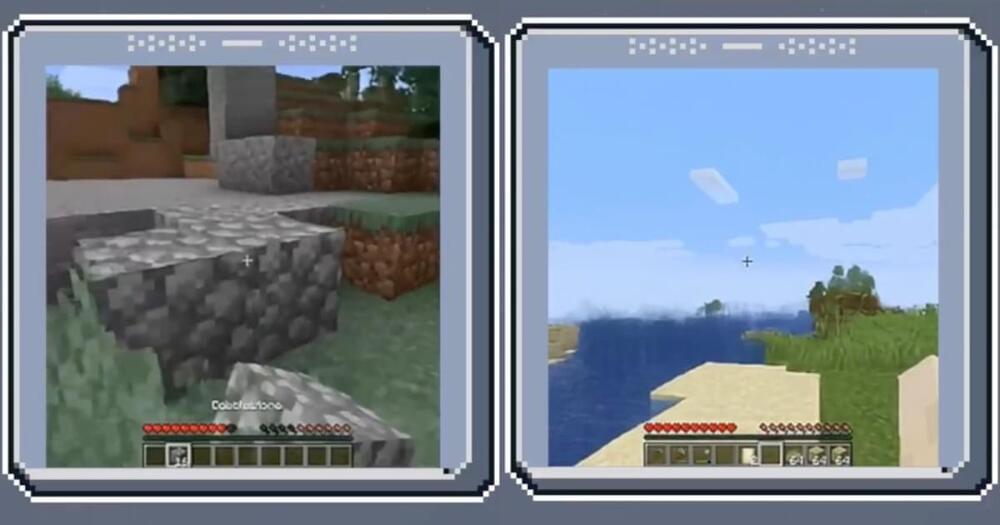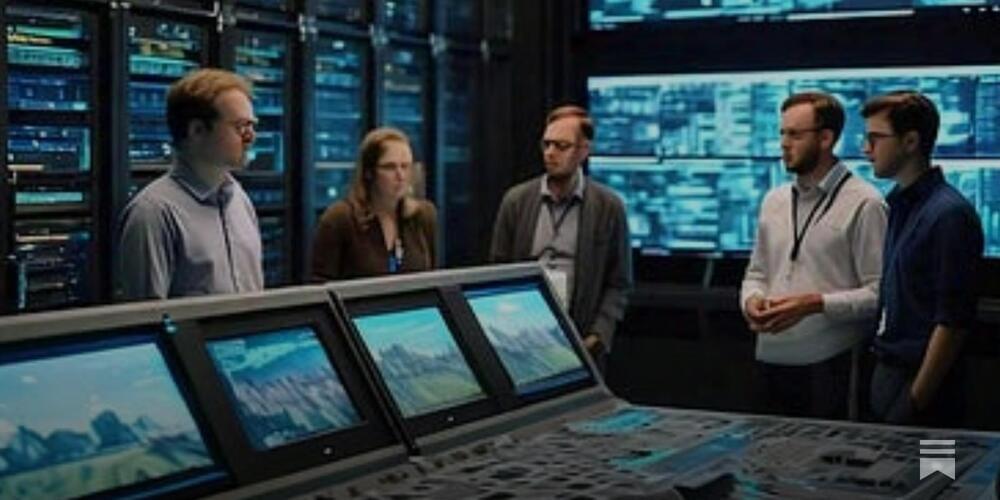The Gaming Technology Department at Children’s hospital oversees the implementation of gaming and VR into procedures that might be scary or painful to their patients.
Category: entertainment – Page 13
Chandra and Hubble tune into ‘flame-throwing’ Guitar Nebula
Normally found only in heavy metal bands or certain post-apocalyptic films, a “flame-throwing guitar” has now been spotted moving through space. Astronomers have captured movies of this extreme cosmic object using NASA’s Chandra X-ray Observatory and Hubble Space Telescope.
The new movie of Chandra (red) and Palomar (blue) data helps break down what is playing out in the Guitar Nebula. X-rays from Chandra show a filament of energetic matter and antimatter particles, about two light-years or 12 trillion miles long, blasting away from the pulsar (seen as the bright white dot connected to the filament).
Astronomers have nicknamed the structure connected to the pulsar PSR B2224+65 as the “Guitar Nebula” because of its distinct resemblance to the instrument in glowing hydrogen light. The guitar shape comes from bubbles blown by particles ejected from the pulsar through a steady wind. Because the pulsar is moving from the lower right to the upper left, most of the bubbles were created in the past as the pulsar moved through a medium with variations in density.


This “AI-Generated Game” Blatantly Rips Off Minecraft
The most observant of our readers might have already noticed a small little detail about Oasis, a caveat that only the most eagle-eyed OSINT enthusiasts would catch – it’s basically a 1-to-1 copy of Mojang’s Minecraft.
And those readers would be right. Essentially, the “first AI-generated game” is nothing more than blatant plagiarism of everyone’s favorite sandbox, trained on thousands of hours of Minecraft gameplay and recordings of corresponding user actions, which resulted in a nearly identical, but worse in every aspect, “game” with a similar visual style, UI, gameplay mechanics, fonts, visual effects, animations, and so on.
One thing that doesn’t exist in the original Minecraft but is front and center in Oasis is, of course, AI hallucinations. Those who have tried it confirm that the experience is incredibly unstable, with environments often morphing into something else when not in the player’s direct line of sight, making the “first AI-generated game” a proof of concept at best, something that its creators, to their credit, openly admit, describing the current iteration of Oasis as a “technical demo.”
Sakyo Komatsu — “The Savage Mouth” (1979) | Episode 46.2
Containing Matters of Grotesque Gastronomy.
Bibliography:
Gregory, Sinda and McCaffery, Larry — “Not just a Gibson Clone: An Interview with Goro Masaki” https://web.archive.org/web/20070927045310/http://www.center…asaki.html.
Tatsumi, Takayuki — “Generations and Controversies — An Overview of Japanese Science Fiction, 1957–1997″, Science Fiction Studies, Vol. 27, No. 1 (Mar., 2000)


This magical film can produce electricity from anything that moves
This non-toxic piezoelectric material generates electricity from movement or vibration.
This lead-free polymer film can eliminate the need of batteries in many smart devices and turn roads into charging stations.

Flatland: Yet I exist in the hope that these memoirs…
Flatland: A Romance of Many Dimensions is a satirical novella by the English schoolmaster Edwin Abbott Abbott, first published in 1884 by Seeley & Co. of London. Written pseudonymously by “A Square”, [ 1 ] the book used the fictional two-dimensional world of to comment on the hierarchy of Victorian culture, but the novella’s more enduring contribution is its examination of dimensions. [ 2 ]
A sequel, Sphereland, was written by Dionys Burger in 1957. Several films have been based on including the feature film Dudley Moore and the short films [ 3 ].
Protector 101 — Runners
Music by Protector 101 : “Runners” (2011)Video edit by Lueur VerteFootage taken from the movie : Blade Runner (1982)Buy the Album here : http://protector101…